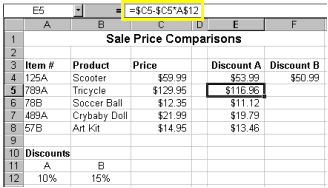

While limited (and often resulting in code that tends to be a bit dirty), the macro recorder is a great tool for building simple macros, as well as for learning syntax. The macro recorder allows you to record your actions (selecting a cell, inputting data, writing a formula, printing, saving, opening files, etc.) and then, like magic, it automatically converts those actions to VBA code for you!

One easy way to get started with VBA is the “Macro Recorder” built into Excel. Similarly, VBA is used in investment banking, equity research, portfolio management, and other finance roles to automate processes, test trading strategies, create tools, and perform analysis.Įxample of VBA in Project Finance VBA Macro Reader Capabilities Once the code is written, you simply run the macro (which can even be assigned to a keyboard shortcut), and it will take the computer merely a few seconds to perform that series of tasks from start to finish, which once took you several hours. This is where VBA comes in: VBA can be used to create a subroutine (macro) that quickly and automatically performs these actions on any file you pull up. It may take several hours to perform this same set of tasks that you must do every week. To complete the task, you’d have to regularly parse and clean the data, then perform some VLOOKUPs and calculations on the data, before finally creating a pivot table and sending it off to your manager.

Let’s say you work in sales & trading and get a file containing your desk’s trade positions each week. Several popular third-party add-ins commonly used in finance were all written in VBA:


 0 kommentar(er)
0 kommentar(er)
